The work you've done shows extensive work in creating content libraries. However, this is just step 1 in the 4-part strategy I describe in this concept map. http://tinyurl.com/TMI-4-Pt-Strategy
Step 2, 3 and 4 are also actions that need to be taken.
Step 2 is a marketing, advertising, public education effort, that intends to draw more people to the information in step 1, including people who will add new information and links into the library.
Step 3 involved helping people find and understand the information collected in step 1. You're doing this with this blog post. However, people need to pull information out related to causes/places they care about, then write articles, host training, lead discussions, etc. about what the information means and how it can be used in actions that change conditions in places/causes.
Step four is the result of the first three. Better information, including GIS maps showing places which need help, and orgs in those places who provide help, but need help themselves, results in more people (step 2) providing time, talent, ideas, dollars (based on what they learned in step 3) to places they find on the maps (step 4).
Recruiting and teaching people ways to participate in all four steps, on an on-going basis, is part of the process and challenge.
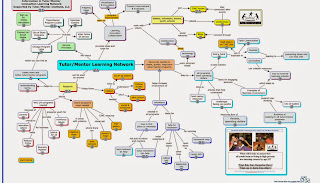 This is a map of the web library I've been building since 1998. All of the organizations are groups who could/should be connecting with each other to work toward policy goals that none can solve by working alone. I encourage you to build a similar map of your own network. See the map
This is a map of the web library I've been building since 1998. All of the organizations are groups who could/should be connecting with each other to work toward policy goals that none can solve by working alone. I encourage you to build a similar map of your own network. See the map  We need to focus on building and sustaining mentor rich learning programs in the non-school hours, not just on what happens in public or private schools.
We need to focus on building and sustaining mentor rich learning programs in the non-school hours, not just on what happens in public or private schools.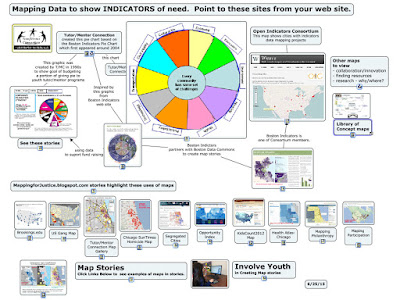 This
This 

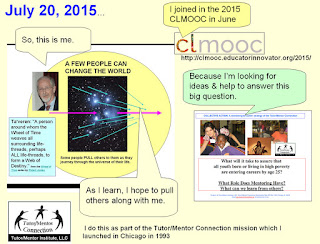
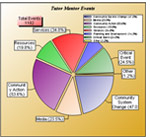 You can read about the T/MC OHATS starting at this page.
You can read about the T/MC OHATS starting at this page. 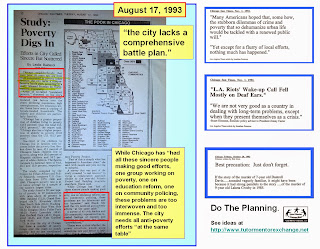
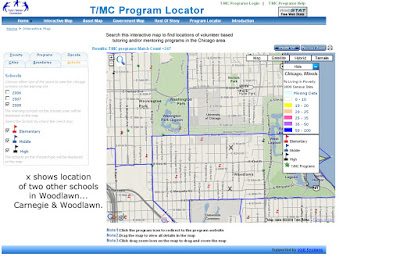
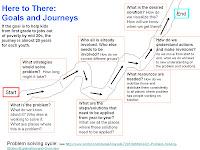

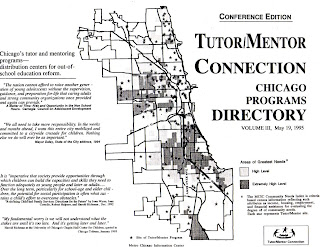




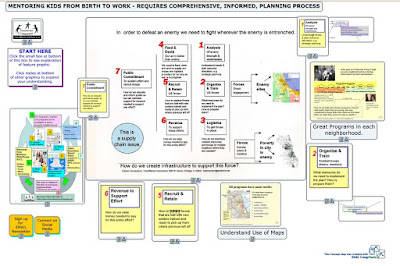 Here's an image I used in article at
Here's an image I used in article at 